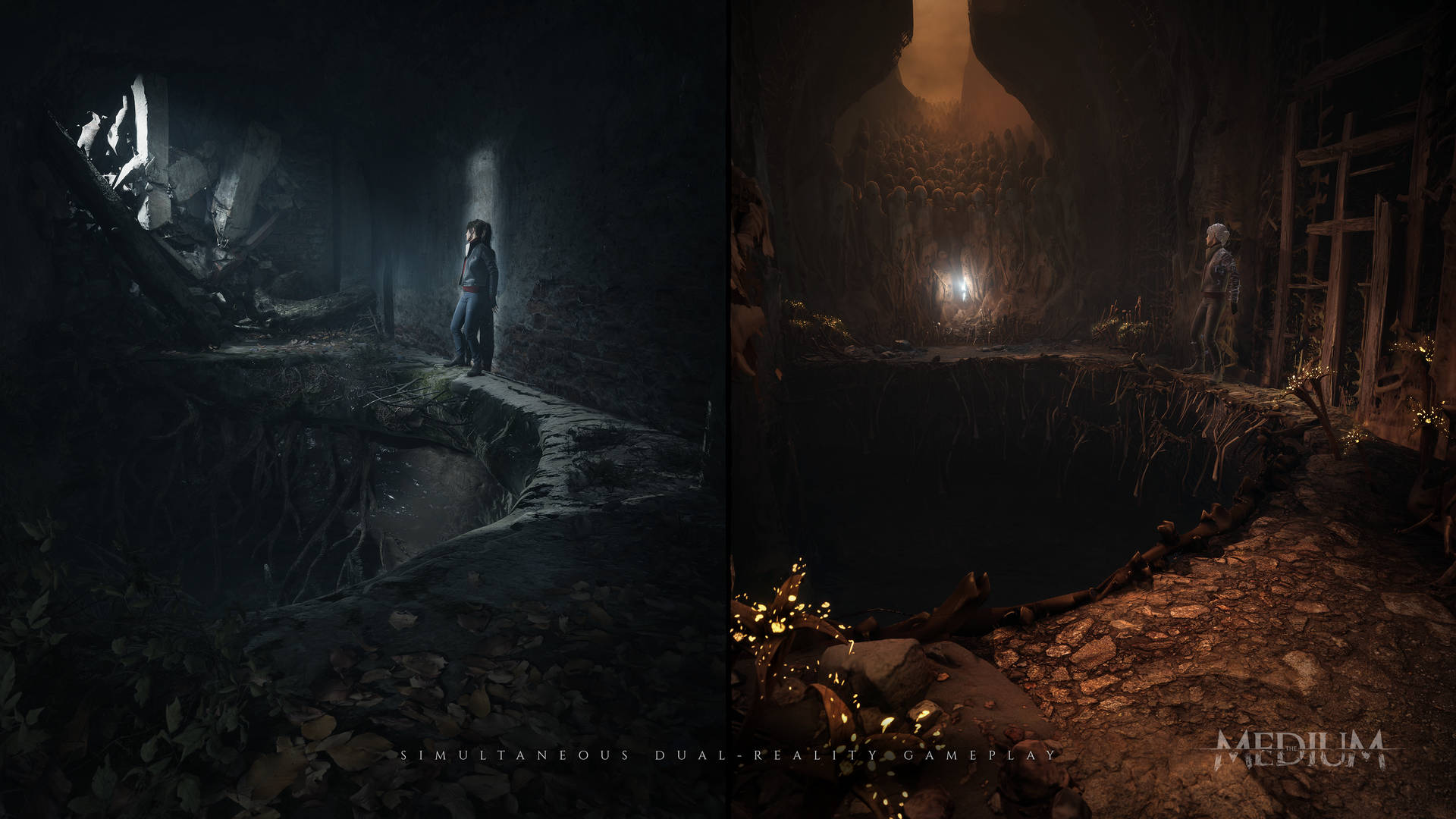
.jpg)
STEM focuses explicitly on the hard scientific, technological, engineering or mathematical skills to drive progress or create a new concept.

STEAM, the difference lies in the way they approach scientific concepts. What Is the Difference Between STEM and STEAM? Furthermore, a 2019 LinkedIn report notes that creativity, persuasion and collaboration are the top three skills companies seek in prospective employees. Students who explore and master any of these subjects can make themselves more marketable in today’s workforce, as 57 percent of senior leaders value soft skills more than hard skills, according to a 2018 LinkedIn report. According to The Conversation, creative skills and knowledge of the arts, such as design, writing and history, help STEM employees solve problems in more innovative ways.īy integrating the arts into STEM, STEAM-focused curricula incorporate the study of the humanities, language arts, dance, drama, music, visual arts, design, new media and more. These changes, as well as the growing emphasis on soft skills across industries and roles, are creating the need for curricula that integrate STEM with the arts. As such, STEM represents a dynamic set of fields, and it is important for students to gain subject-matter knowledge while also developing the flexibility and well-roundedness needed to adapt to changes as they occur. While STEM jobs contribute to advancing the economy through innovation, rapid technological changes continually create demand for new jobs within the STEM field, making some previously required skills and tasks obsolete, according to findings from the National Bureau of Economic Research. Bureau of Labor Statistics (BLS) corroborates this projection, anticipating growth in STEM occupations. Many parents are encouraging this choice of study: 52 percent of surveyed parents predict there will be an increasing number of STEM jobs within the next decade. News & World Report, students are now twice as likely to study STEM subjects in comparison with their parents. Students have taken note of this favorable job trend. According to Pew Research Center, employment in STEM occupations has grown 79 percent since 1990, outpacing overall U.S. STEM-focused curricula aim to equip professionals with the skills and knowledge necessary to compete in a global economy across the disciplines of science, technology, engineering and math, as well as subspecialties such as statistics, biology, psychology, economics, agriculture and aeronautics.
#The medium steam professional
STEAM, their merits, and their application in the professional sphere. “Programmers and engineers are increasingly teamed up with artists to co-develop software, products, renderings and more.”Īs a result, education professionals have developed the acronym STEAM (science, technology, engineering, art and math), leading many to assess STEM vs. Gordon, Ph.D., an associate professor in mechanical and aerospace engineering at the University of Central Florida. “Proficiency in the arts will be particularly important to engineers and computer scientists in emerging industries, such as themed experiences, gaming, and simulation and training,” explains Ali P. The roles within STEM fields have changed and are calling for more well-rounded professionals with backgrounds and skills tied not only to technical studies but also to the arts. This demand for soft skills has led to the creation of new curricula to help prepare those aspiring to enter the fields of science, technology, engineering and math (STEM) to meet the evolving needs of today’s workforce. Having a strong set of soft skills helps employees become more versatile and can open up more opportunities for growth in today’s job market. The National Bureau of Economic Research found that the prevalence of automation has created a growing demand for workers with social skills.

However, there remain certain soft skills a computer simply cannot replicate in the workplace: teamwork, cooperation, creativity and adaptation to change, to name a few. Gartner predicts 80 percent of project management tasks (e.g., data collection, tracking and reporting) will be the job of AI by 2030. Not only is it taking over repetitive tasks through automation, but it is becoming more human-like than ever. Technology is driving transformation and innovation in industries such as healthcare, retail and finance.


 0 kommentar(er)
0 kommentar(er)
